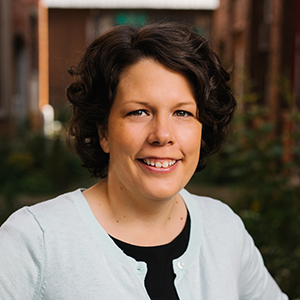It may be tempting to jump straight to visuals when starting your one-page report, but we suggest starting with a solid foundation. Defining the scope and intentions for your one-page report is important in enhancing its power to communicate data to your readers.
In this video, we will walk through the basic foundations of creating a one-page report. Starting with identifying your targeted audience, then moving on to writing a purpose statement, and prioritizing your one-page report information. We also share a great example from Cole Nussbaumer Knaflic’s book Storytelling with Data.

Except where noted, all content on this website is licensed under a Creative Commons Attribution-NonCommercial-ShareAlike 4.0 International License.



 EvaluATE is supported by the National Science Foundation under grant number 2332143. Any opinions, findings, and conclusions or recommendations expressed on this site are those of the authors and do not necessarily reflect the views of the National Science Foundation.
EvaluATE is supported by the National Science Foundation under grant number 2332143. Any opinions, findings, and conclusions or recommendations expressed on this site are those of the authors and do not necessarily reflect the views of the National Science Foundation.